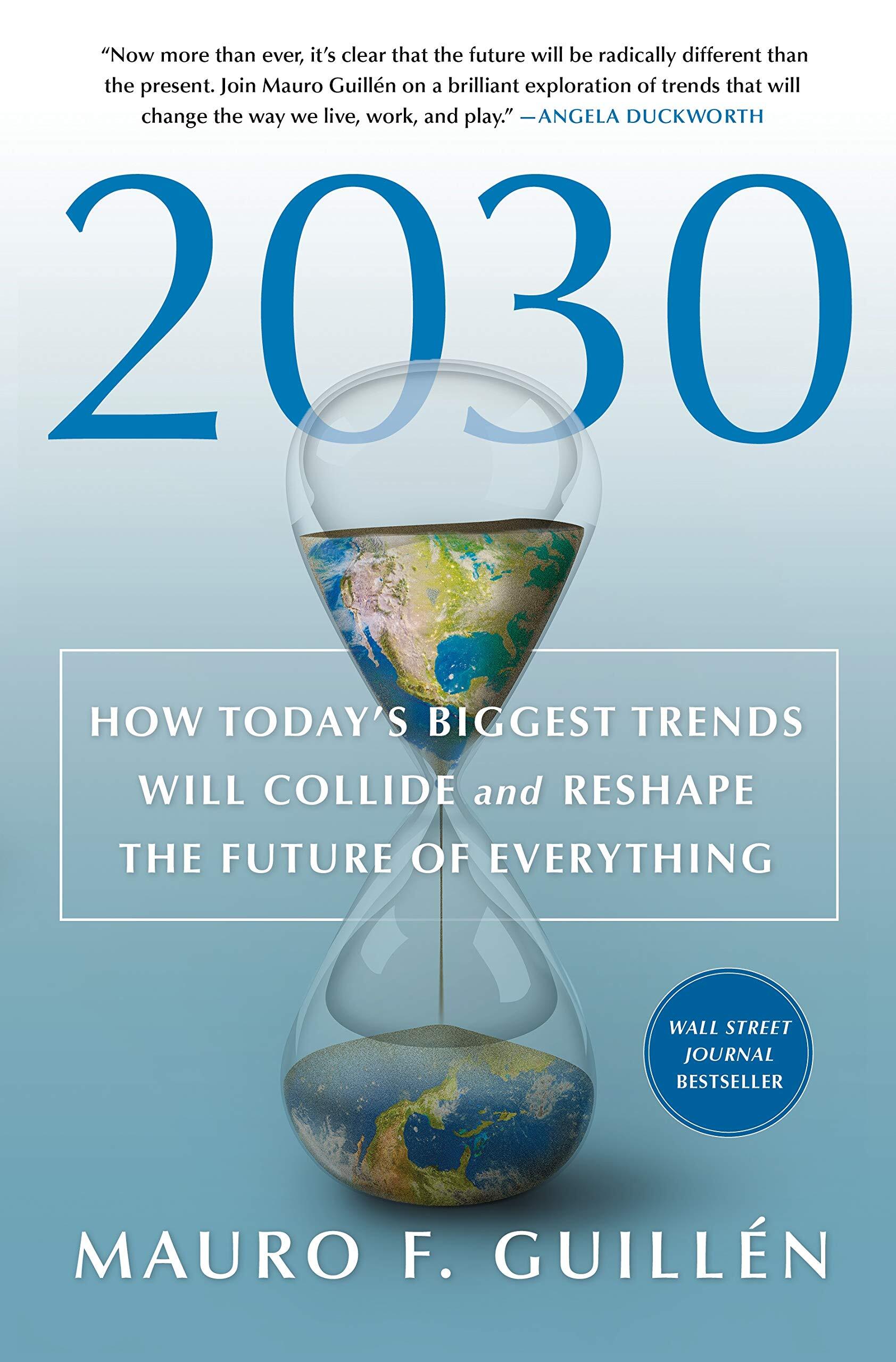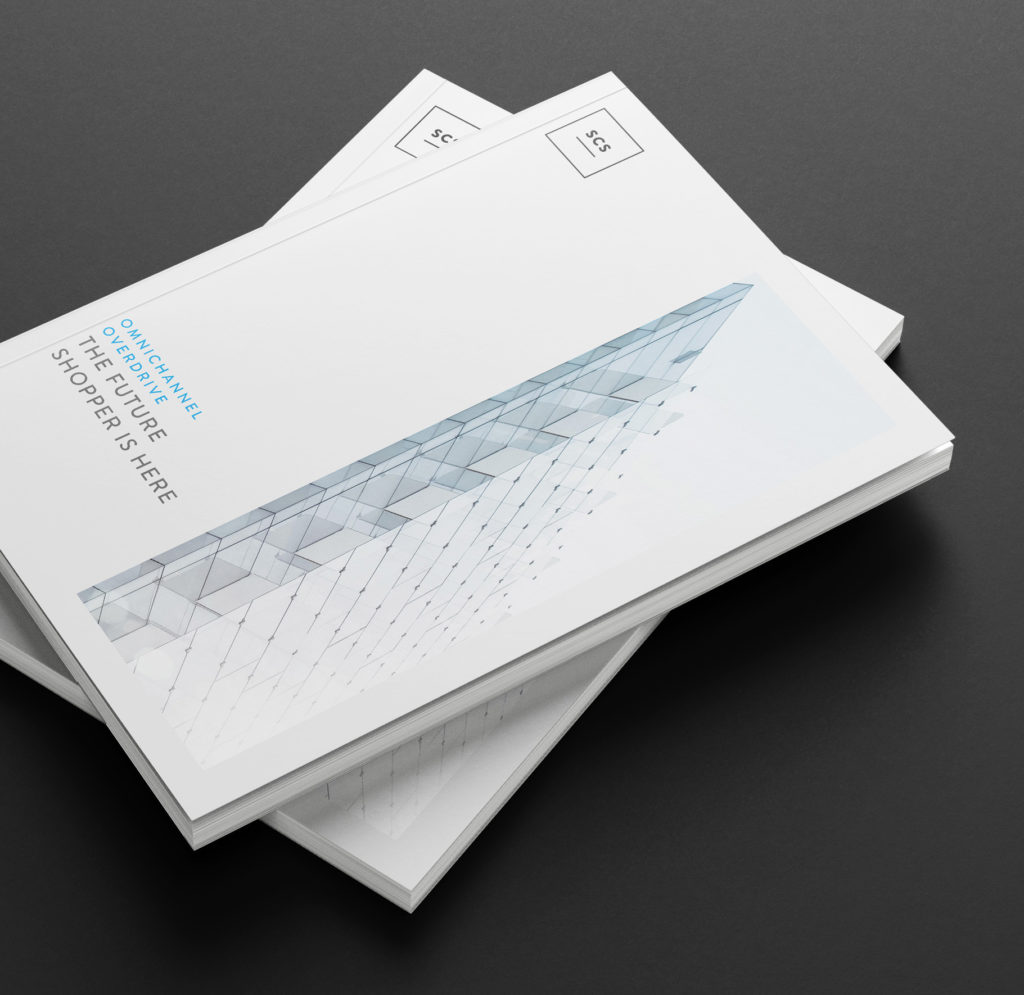2030: How Today’s Biggest Trends will Collide and Shape the Future of Everything

While our holiday reading list included entertaining fare like Stephen King’s new Fairy Tale and Andy Weir’s (author of everyone’s second-favorite Matt Damon adventure, The Martian) Hail Mary, we snuck in a bit of futurism between turkey helpings. Here’s a summary of three great reads.
The newest of the three, 2030, is an eye-opening look at where some very grounded-in-reality trends will take us over the next few years, and if you had to read one of these three, it would be this one.
While the book has far too many ideas to capture in a blog post, here’s some highlights:
- Massive population shift is occurring. In one direction, birth rates in the most industrialized nations are below replacement rates, while Sub Saharan Africa will nearly double its population from 1.3B to 2B by 2038. We’ll soon have more grandparents than grandkids in much of the world.
- Seniors will become the hot new “18-34” demo to market to. As the population shifts, wealth will continue to accumulate in the upper age ranges.
- The bulk of the middle class will live in Asia as it shrinks in North America and Europe. With more spending power, more products and services will be designed around their needs first, rather than the Western-centrism we see today.
- Over 400 cities worldwide will reach populations over over 1 million. As populations continue to gravitate towards urban living on the whole, cities will need to become greener and adapt to the growing effects of climate change.
- We’re in for a heck of a lot of technological change. Today’s assistive medical and hamburger making robots are just the beginning. AI is already disrupting industries. The technologies we refer to as “emerging” today will be fully formed by 2030.
- The “Uberization” of things will continue as a form of collaborative consumption where shared ownership or rental is the norm, and how we earn and pay for things may increasingly shift to new forms of digital currencies (aka crypto)
The book is wide-ranging and filled with advice on how to adapt to these trends and more, and will likely leave you feeling like you just took a stroll with Alice through Wonderland.
Life 3.0: Being Human in the Age of Artificial Intelligence

Generally regarded as one of the top 10 books on the future of artificial intelligence, Life 3.0 wanders between everything from the practical near-term implications of AI to hypothetical scenarios around what will happen when machines are as smart as us (AGI, or Artificial General Intelligence), and potentially “infinitely” smart (the Singularity).
While the book dives into how AI could impact our world in the near-term in areas we’re familiar with like stock trading, language translation, virtual assistants and self-driving cars, where it really begins to open the reader’s eyes is in its exploration of the idea, and impact, of superintelligence.
The ideas, or perhaps inevitable predictions, feel drawn from the pages of a science fiction novel, and paint multiple future scenarios of how the world might change. Some are good, like Star Trek. Some are not so good, like The Terminator.
Everything from war to resource allocation in businesses will be disrupted, the questions left remaining are how and when.

If you decide to have a read of those two books, you’ll definitely need a stiff drink and a chaser along with a bit of an antidote to the uncertainty of change.
How Innovation Works isn’t so much a step-by-step guide to innovation as it is an overview of the messy and chaotic path it typically takes and insights into how to create fertile ground for innovation to occur. Exploring the history of many of the world’s greatest innovations like the engine, it’s a highly engaging look at how our simplified-by-textbooks views of historical inventions are often pretty far removed from reality.
Inventions occur at a moment in time, but innovation typically happens more gradually as we live through it, with incremental changes and improvements and diffusion of the invention throughout society.
The Hype Cycle is a common thread. Major innovations often generate overinflated expectations of near-term impact, a resulting trough of disillusionment, followed by an underestimated long-term impact. The Dot-Com bust is one great example. Pets.com and Webvan were horrible failures at the time, but their business models are simply the norm today.
It’s an insightful and inspiring look into how things change that might just help you in bringing your next innovation to market.

